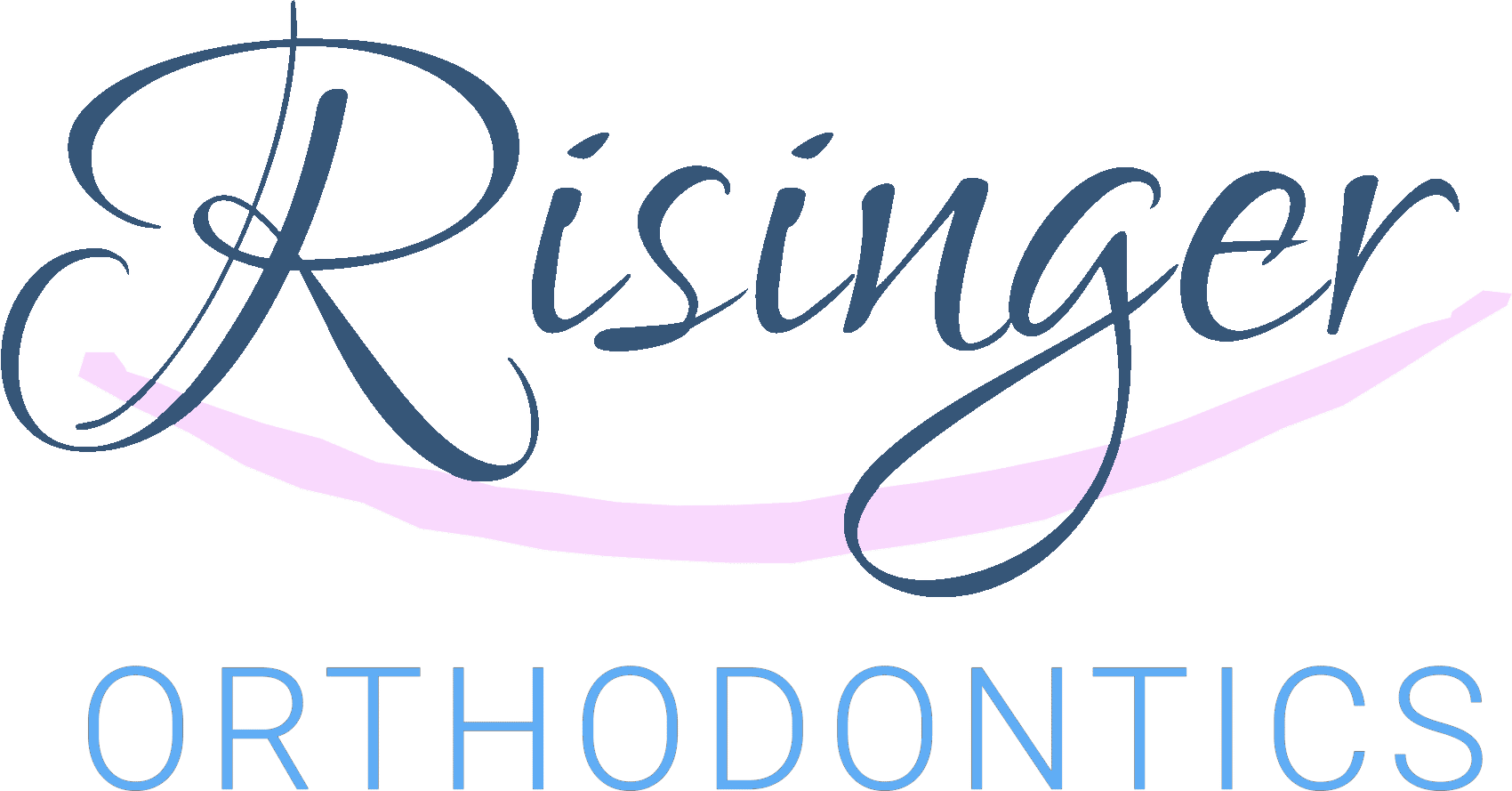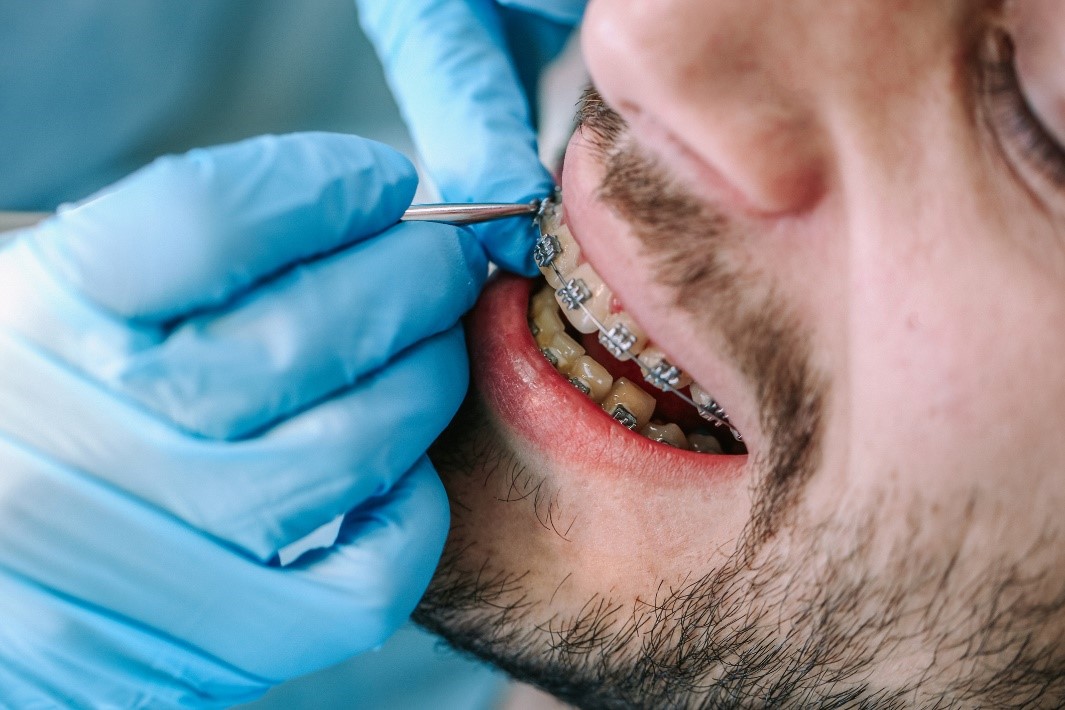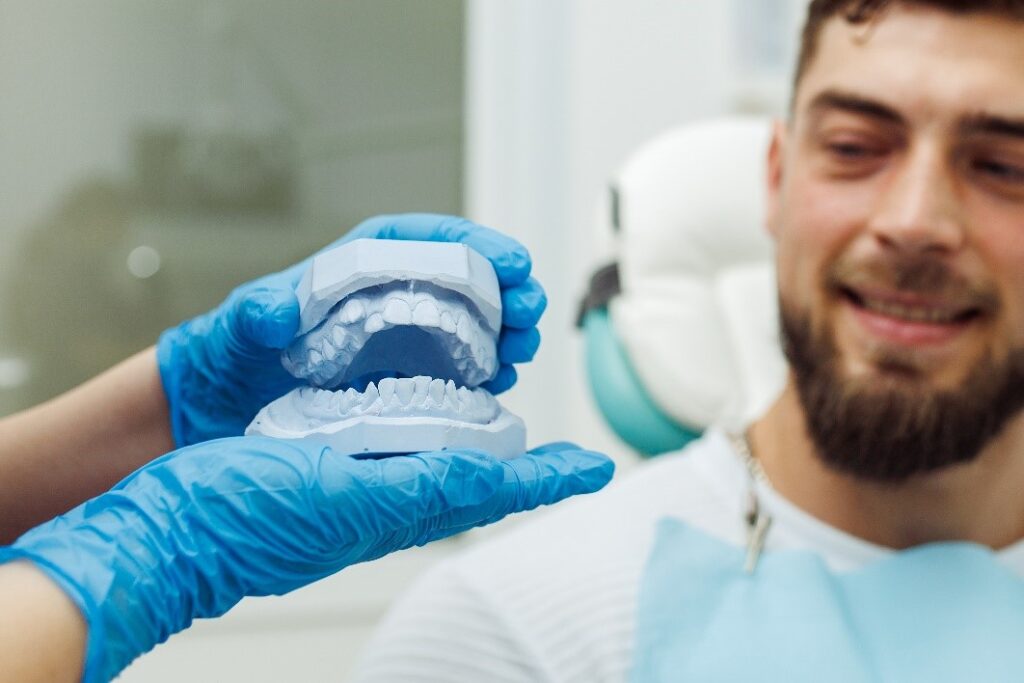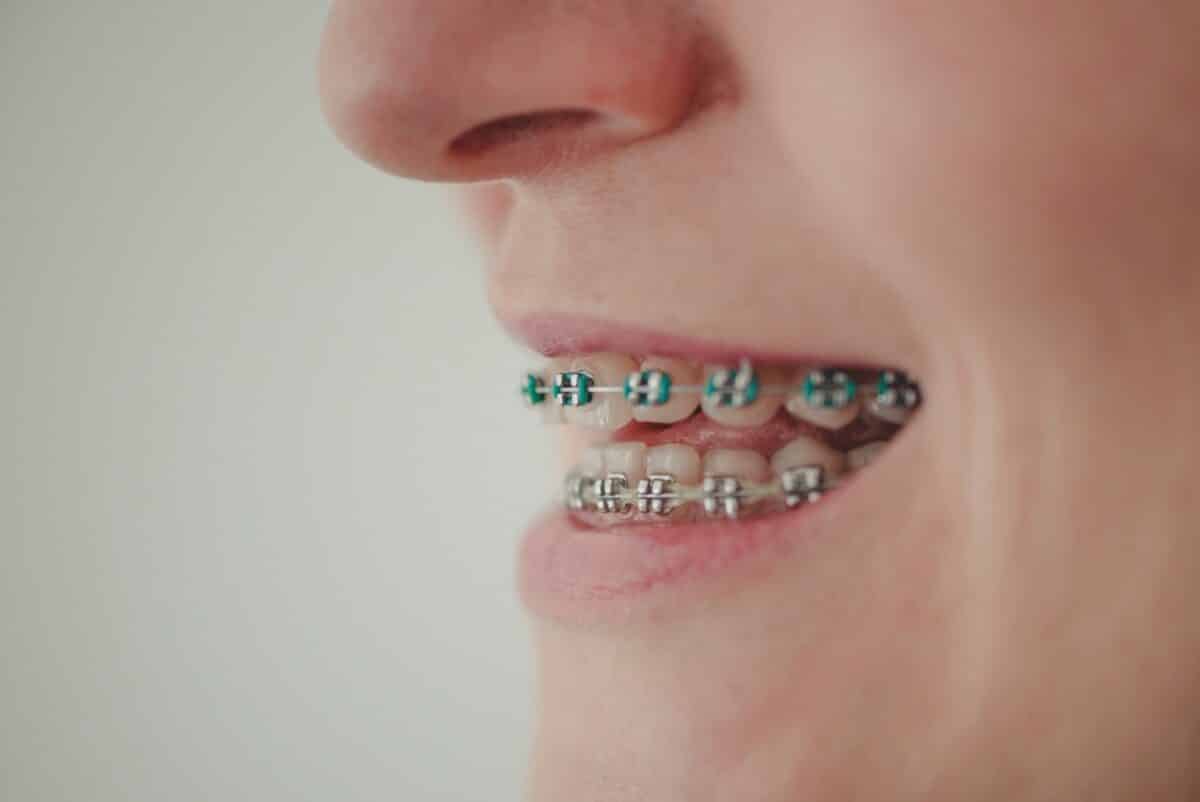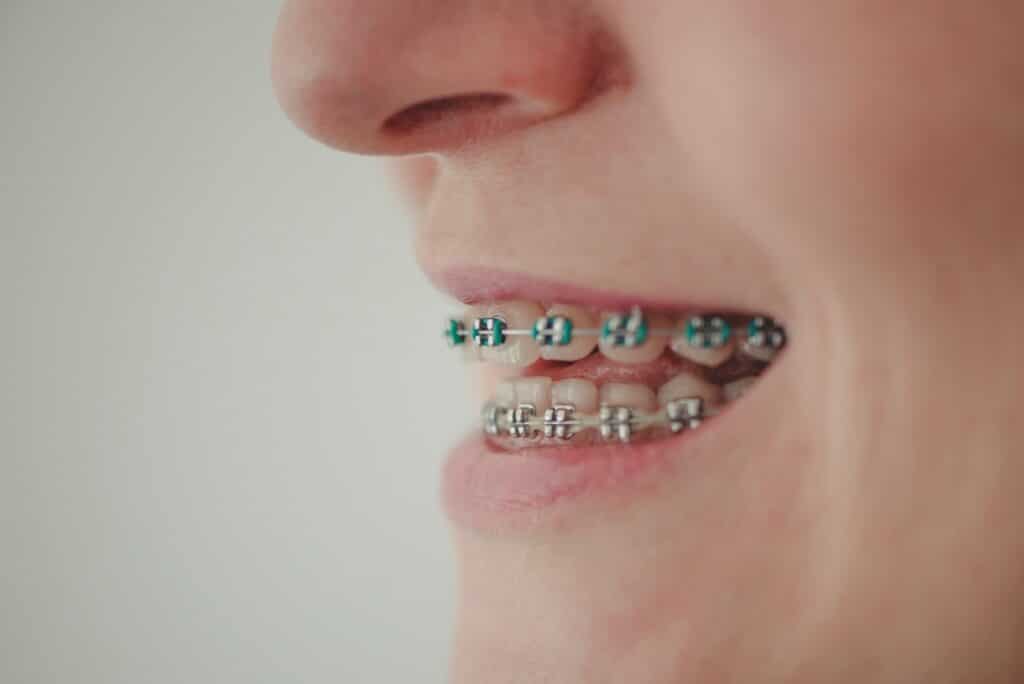Understanding the Benefits of Early Orthodontic Treatment
Early orthodontic treatment, also known as interceptive orthodontics, begins before a child’s permanent teeth come in, typically between the ages of 7 and 10. Addressing orthodontic issues at this stage can lead to better outcomes, simpler treatments, and long-term oral health benefits. Here are some of the top reasons why early intervention is so valuable.
Corrects Bite Problems Before They Get Worse
One of the primary goals of early orthodontic treatment is to correct bite problems such as overbite, underbite, crossbite, and open bite. If left untreated, these issues can lead to uneven tooth wear, difficulty chewing, and even speech problems.
By guiding the development of the jaw and the positioning of the teeth early on, orthodontists can significantly improve bite alignment, laying the groundwork for a healthier smile as your child grows.
Promotes Balanced Facial Development
Jaw alignment and tooth positioning can directly impact a child’s facial appearance. Early treatment can help guide proper jaw development, often improving symmetry and facial balance. Correcting protruding teeth or jaw discrepancies boosts self-esteem and reduces the risk of injury to prominent teeth during physical activity or accidents.
Supports Clearer Speech Development
Clear speech relies on properly positioning the teeth, jaw, and tongue. When teeth are crowded, misaligned, or have bite issues, it can interfere with how a child forms certain sounds. These alignment problems can make it harder for kids to speak clearly and be understood. Early orthodontic treatment helps guide teeth and jaw into better positions, creating the space and structure needed for natural speech development.
Helps You Avoid High-Cost Procedures Later
While it might seem counterintuitive, starting treatment early can lead to cost savings in the long run. Early intervention helps prevent more serious issues that require expensive, time-consuming treatments down the line. It can also minimize the need for braces or reduce the time a child has to wear them, resulting in fewer office visits and lower overall costs.
Partner with Risinger Orthodontics for Expert Early Care
At Risinger Orthodontics, we specialize in providing expert early orthodontic evaluations and customized treatment plans designed to support your child’s growth and long-term dental health. If you’re wondering whether your child might benefit from early treatment, our team is here to help. Schedule a consultation today to give your child the best start to a lifetime of healthy smiles!
